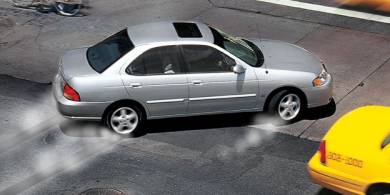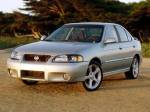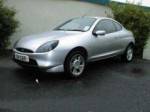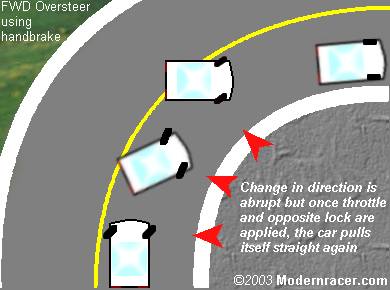A badminton court size differs depending on the number of players. A singles badminton court should measure approximately seventeen feet wide and forty-four feet long; while a doubles court should have general measurements of twenty feet wide and forty-four feet long.
There is also a specific dimension for the net. For a badminton court, the height of the net should be at least five feet high.
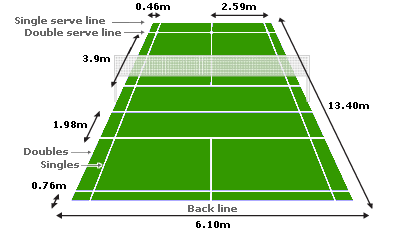
Playing the Game
Other than having the use of the appropriate badminton court built according to the mandatory specifications, you will also need a badminton racket and a shuttlecock.A shuttlecock is sometimes referred to a birdie or bird. There are two kinds of shuttlecocks that you can use. One is made with feathers and has a cork cap on the bottom and one is made from plastic with a rubber cap on the bottom.
The racket is usually made of wood, plastic or light metal. A tennis racket may not be substituted for a badminton racket and vice-versa.
The game is very easy to play as you need only to strike the shuttlecock once your opponent hits it. You should not let the birdie hit the ground at all costs, otherwise, your opponent will score.
Basic Rules
To start the game the players will toss a coin to determine who serves first. Sometimes, the racket will be spun to decide on who gets to serve first.During a game, players are not allowed to touch the net with their respective rackets. The shuttlecock should not rest on the racket. It is also not allowed to be carried on your racket.
If your shuttlecock hits the net after you serve and it comes across to your opponent’s net, the game still continues. However, if the shuttlecock is still within your opponent’s side of the net, you may not reach across and hit the birdie back to your opponent. You have to wait for it to cross over your net before you can hit.
If a serve is lost, this is referred to as a side out. In a class game, the games are played up to fifteen points while in a match, the game is played best of two out of three.

